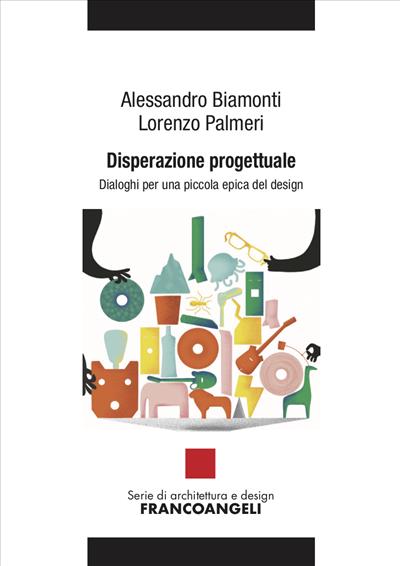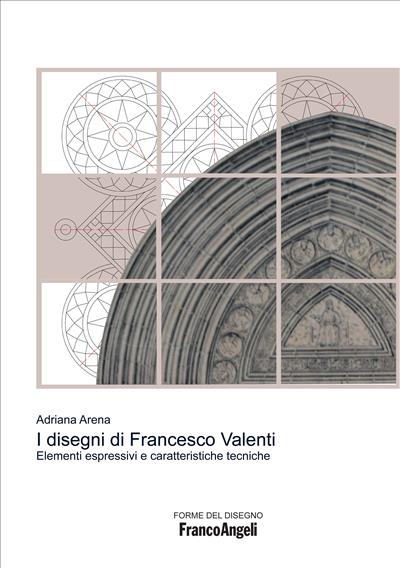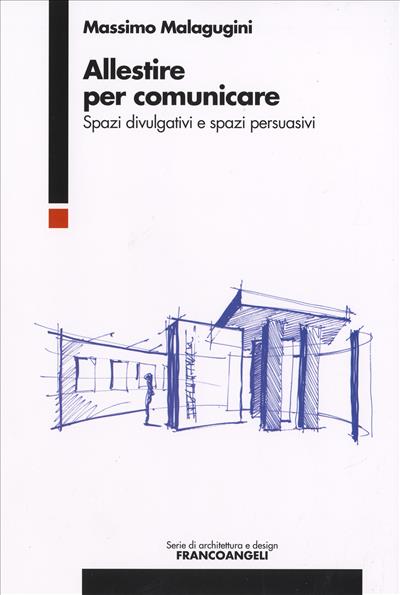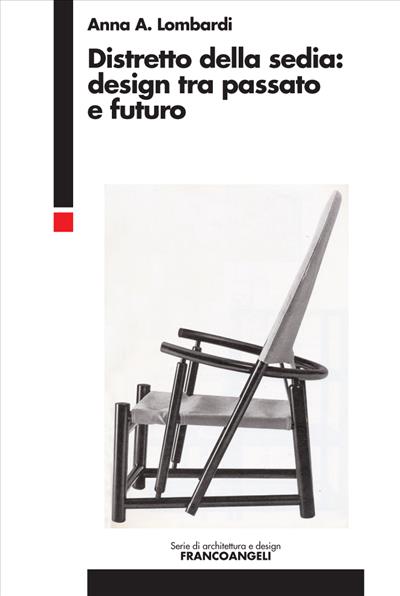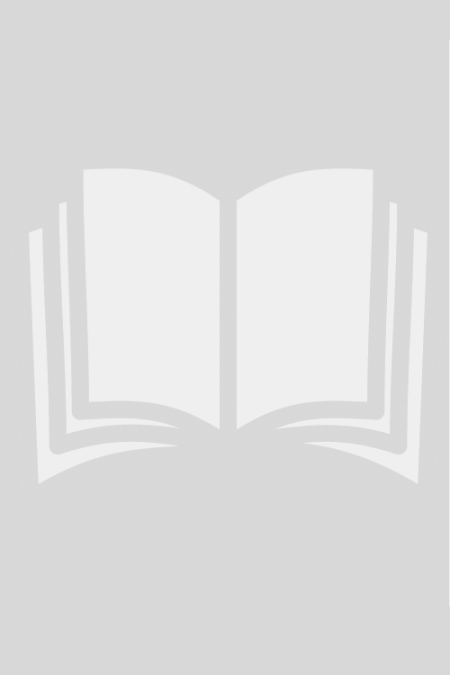
Time to exhibit
Directing Spatial Design and New Narrative Pathways
This book offers a key for reinterpreting interior design as a whole, in light of the narrative component of a kind of exhibition design that constantly addresses the measurement of time, which becomes the founding variable to be dealt with on the level of a project. Commenting on the evolution of exhibition design, the volume outlines its future sceneries, arising as an unicum from the perspective of the reflection on the role and the developments of this interior design branch.
Pagine: 198
ISBN: 9788891788719
Edizione: 1a edizione 2019
Codice editore: 319.8
Disponibilità: Discreta
Pagine: 198
ISBN: 9788891795632
Edizione:1a edizione 2019
Codice editore: 319.8
Possibilità di stampa: No
Possibilità di copia: No
Possibilità di annotazione: Sì
Formato: PDF con DRM Readium LCP
Pagine: 198
ISBN: 9788891795649
Edizione:1a edizione 2019
Codice editore: 319.8
Possibilità di stampa: No
Possibilità di copia: No
Possibilità di annotazione: Sì
Formato: ePub con DRM Readium LCP
